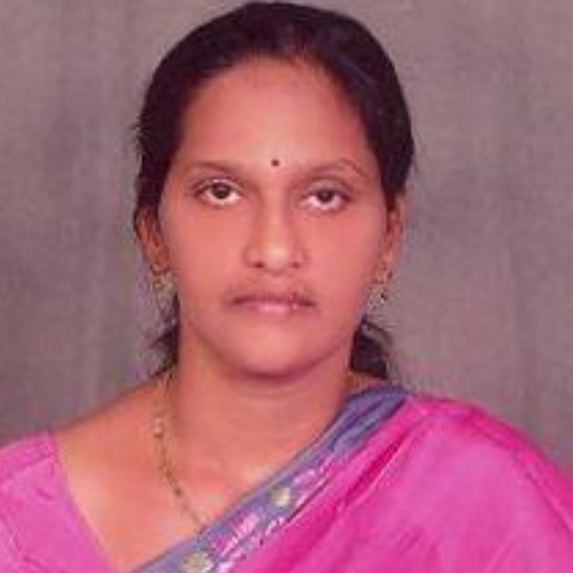
B. Lakshmi
Work place: Research Scholar and Associate Professor Department of Electronics and Communication Engineering National Institute of Technology, Warangal Andhra Pradesh, India-506004
E-mail:
Website:
Research Interests: Algorithm Design, Processor Design, Operating Systems, Computer systems and computational processes, Interaction Design
Biography
Dr. B. Lakshmi, has obtained B.Tech (E.C.E) from Nagarjuana university, M.Tech (EI) from NIT, Warangal, and Ph.D (VLSI Architectures) from I.I.T, Kharagpur, India. She is working as a faculty member in National Institute of Technology, Warangal since 1990. Her areas of interests are Digital System Design, Microprocessor Systems and VLSI Architectures. She is reviewer for Elsevier journals in VLSI area of Technology.
Author Articles
Adaptive Modulation and Coding with Channel State Information in OFDM for WiMAX
By B. Siva Kumar Reddy B. Lakshmi
DOI: https://doi.org/10.5815/ijigsp.2015.01.08, Pub. Date: 8 Dec. 2014
WiMAX is a broadband wireless communication system which provides fixed as well as mobility services. The mobile-WiMAX offers a special feature that has adopted an adaptive modulation and coding (AMC) in OFDM to provide higher data rates and error free transmission. AMC technique employs the channel state information (CSI) to efficiently utilize the channel and maximize the throughput with better spectral efficiency. In this paper, LSE, MMSE, LMMSE, Low rank (Lr)-LMMSE channel estimators are integrated with the physical layer. The performance of estimation algorithms is analyzed in terms of BER, SNR, MSE and throughput. Simulation results proved that increment in modulation scheme size causes to improvement in throughput along with BER value. There is a trade-off among modulation size, BER value and throughput.
[...] Read more.BER Analysis with Adaptive Modulation Coding in MIMO-OFDM for WiMAX using GNU Radio
By B. Siva Kumar Reddy B. Lakshmi
DOI: https://doi.org/10.5815/ijwmt.2014.04.02, Pub. Date: 1 Nov. 2014
This paper explores how MIMO increases channel capacity and how the fundamental characteristics of a MIMO system can create significant test challenges. Spatial modulation (SM) is the latest developed modulation method in the field of communication. The latest research on this shows that SM is useful to achieve the multiplexing gain for the single antenna system, this avoids the inter-channel interference but the spatial modulation is inherently unable to get transmit-diversity. In other words, SM is a novel modulation technique which combines the high multiplexing gain provided by the spatial modulation and transmit-diversity gain, given by the space time block codes (STBCs) technology. Different space-time block coding (STBC) schemes including Alamouti’s STBC for 2 transmit antennas as well as orthogonal STBC (OSTBC) for 3 and 4 transmit antennas are explored. The result of using these MIMO techniques is higher data rate or longer transmit range without requiring additional bandwidth or transmit power. This paper presents a detailed study of diversity coding for MIMO systems. In addition, adaptive modulation and coding (AMC) technique in conjunction with MIMO techniques constitute a technological breakthrough that greatly helps in satisfying the ever increasing demands of wireless networks. This paper presents a performance study of Mobile WiMAX networks based on MIMO and AMC perspectives. It also describes how to implement WiMAX PHY with MIMO on software defined radio (SDR) experimental setup with the help of USRP N210 as hardware and GNU Radio as software platforms.
[...] Read more.Other Articles
Subscribe to receive issue release notifications and newsletters from MECS Press journals